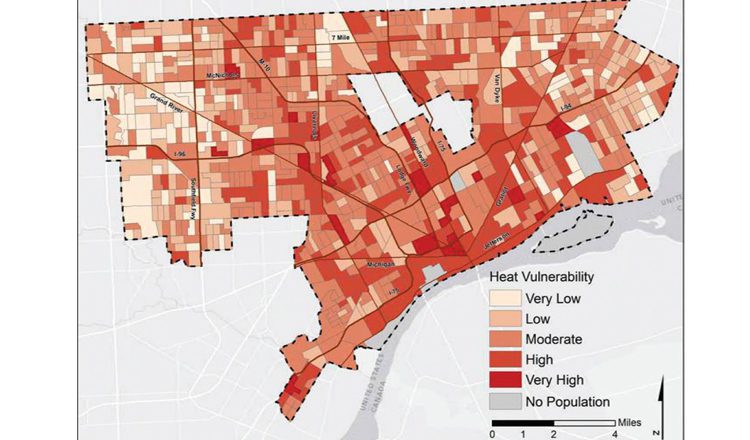
Larsen Authors Urban Climate Adaption Strategies for The Ecological Society of America's Special Edition Centennial Issue
Larsen Authors Urban Climate Adaptation Strategies for The Ecological Society of America’s Special Edition Centennial Issue
Associate Professor Larissa Larsen recently published an article in the Ecological Society Journal for their centennial special edition. The celebratory edition is focused on climate change and infrastructure with Larsen’s piece focusing primarily on urban climate and adaptation strategies.
The article discusses extreme heat, which poses a threat to the livability and sustainability of cities, and disproportionately harms marginalized groups. The frequency of extreme heat events is expected to increase in the future as climate change exacerbates urban heat island (UHI) effects. Common UHI mitigation strategies – such as cool pavements (light-colored surfacing or permeable pavements), cool roofs (often categorized as “white”, “blue”, or “green” roof strategies to differentiate the approaches), and increased planting of vegetation – vary in effectiveness depending on a city’s baseline climate, as well as on city size and layout. Microclimate mitigation efforts must move beyond exterior site-level strategies to consider land-use planning at the neighborhood level and the role of passive cooling strategies for buildings. Green infrastructure offers benefits in the form of improved stormwater management, air quality, carbon sequestration, and microclimate regulation. The creation of a new utility – one akin to a public company that provides services such as electricity or water and that recognizes the multiple and overlapping environmental and social benefits of green infrastructure – may expedite implementation of such strategies.
Larsen’s article is in the November edition, The Frontiers in Ecology and the Environment, of the Ecological Society of America’s journal.
For the full article: http://www.esajournals.org/toc/fron/13/9









